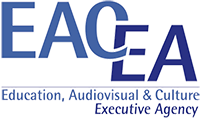Colegio do Minho - Portugal
Region: Viana do Castelo
Other schools in the Quad Blog: Don National School (Ireland), Escola Serralavella (Spain), ZS Korunovacni (Czech Republic)
Creative Connections Project: Reinterpretation of artwork
Background
This case study describes a project undertaken in the College of Minho in Viana do Castelo, Portugal. Before starting the description of this study it is important to characterise the educational context. The College of Minho is a Private and Cooperative Education establishment with three cycles of Basic Education divided by the age of the students (1st cycle - from 6 to 9 years; 2nd cycle - from 10 to 12 years, 3rd cycle - from 13 to 15 years). This school is located within the city limits of Viana do Castelo and directed by the Diocesan Seminary of the same city, whose main mission is the training of students, according to the principles defined by the Catholic School. The director is chosen by the Bishop of the Diocese, approved by the Ministry of Education and assisted by a representative who acts as managing director; however, the College operates autonomously. As central principles guiding the College, adopted the principle on which it is argued that education is a major task of promoting culture, in a natural way, that man/woman can become a person with multiple spiritual and bodily dimensions. Consequently it argues that children should be educated in order to enjoy the full and harmonious development across different dimensions: ethical, aesthetic and spiritual, giving true meaning to the educational progress.
The importance that this institution attaches to the family is also relevant, recognizing the family as the first milestone in the educational community, regarded as a training area, affection and fondness irreplaceable, where it favours the primary importance of parents in the education of their children and young people.
It is believed that the family transmits to its children and young people biological inheritance and assures the growth of the physical, psychological, emotional, moral and religious. The College of Minho, as a Catholic School, is responsible for ensuring children and young people access a wider cultural heritage that goes beyond family heritage, deepening their knowledge, knowledge acquisition and learning of working methods, enabling further training for professional activity, making integration in social life and proposing the meaning of life according to the Christian belief.
As each school has its uniqueness, resulting in a symbiosis that involves social, cultural and economic contexts in which they live, and having regard to its specificity, it is essential to identify and analyse the variables listed in the school context, which influence must be considered in designing and implementing the project. Consequently, the College of Minho, as an institution founded on the principles of Catholic education, has the conviction that man’s value is greater when he is authentic than the amount of his material goods. Respect for all people regardless of their ideas and actions, in peace, harmony and fellowship among people with an open mind, dialogic, flexibility, and oblivious to any form of violence. On the other hand, parents, students, teachers, non-teaching staff and the director choose to freely integrate in the educational community of the College of Minho and therefore have the task of being involved in the work of educating by being actively involved in a true Christian educational community environment. In all school activities it maintains that responsibility must be shared to promote the good of all, in order to be translated into active and coordinated participation.
After this brief characterisation of the College of Minho it is important to characterise the participants of this study. The selected class (8th Year) consists of 28 students, of which 14 are female and 14 male. The age of students is between 12 and 13 years which is the norm for Year 8 pupils. Despite their heterogeneity, it appears that the group is primarily made up of students who have been colleagues since the 1st cycle, so there is confidence, relaxation and mutual aid between them. Students have their own characteristics, whether for their school journeys, either by the social and cultural framework within which they are inserted. The collaborative teacher at the College of Minho, agreed to participate in the project by considering that it was a challenge to his personal and professional experience, highlighting that the Creative Connections project would also be an opportunity to innovate pedagogically and make an important contribution to enriching the education of the students.
Aims and Framework
After discussing the project objectives, the participant teachers agreed on their specific project and decided to explore the ‘Reinterpretation of the Work of Art: mixed techniques class project.’ The teacher involved in this project saw it as added value through the use of artwork and developing a critical and aesthetic sense of the artistic production process. During the process open discussions were promoted, looking for natural dialogue within Citizenship and the Visual Arts, promoting the ability to compare experiences and successes in learning tasks effectively along the educational pathway. In this way, changes were intended to encourage and challenge teaching practices through looking differently by using innovative learning opportunities, skills development and the training of students and teachers. The project began in mid-November 2012 and ended in mid-April 2013.
The Study
After the presentation of the Creative Connections Project, the outline of the teaching unit was created, elaborated and developed to clarify its operation so that the class/school community could be involved in it. When dealing with an exchange between schools in different countries, in which the starting point was a particular issue if shared information (images, papers, videos, text, music, etc.) led to the questioning of aspects related to culture, art and citizenship. It was intended to broaden the specific knowledge of the students and share with each of its participants in the other contexts; including the exploration of social behaviours, different interpretations of the application of different techniques and broaden students’ knowledge of different artistic works.
A work unit covered the following:
- the prerequisites for the development of the project
- the data collection instruments to be used
- the communication format oral of the subject and the individual project
- mixed techniques (graphite, charcoal and ink-of-china, gouache/acrylic, collage, etc.) to be held during the teaching unit
- ways to share the results
The pedagogical and didactic strategy focused on a diverse and cross (alternate use of different media, supports, material) experimental activity. The presentation and multimedia projection was performed using sample images of contemporary artists’ representative of the subject (practical examples that expose and stimulate job offer) with graphic-pictorial diversity. Initially, given the proposed themes, fundamental aspects in the representation of the human figure were highlighted. In the second phase, each student made an analysis using the drawing with reference to the introduction of mixed techniques:
- techniques and plastic characteristics
- review of materials and procedures to enable the use by students of different means of graphic representation
- analogy between the design-process (sketches/studies)
- design-object (panel polyptych)
Preliminary trials of different techniques and specific statements were made on different media. This exercise allowed the diagnosis to identify the domain of the techniques that students had visual language and aesthetics, as well as watching the maturity of the design elements of the class.
In the final phase, all activities conducted were discussed, which sponsored a debate on the activities and structured a brief summary about the topic. The theme was developed by the teacher, worked in a cooperative perspective, bringing students together and knowing the reality of each one, considering that they should embrace the universality of ideas and projects, experiences the goal of and cultures, giving meaning and significance to the contents treated once that, according to Barbier (1993), the project contributed to the promotion of change that lead to the identification of the different elements present in situations that you wish to change, the analysis of the dynamics of the processes involved, producing knowledge or relationships among facts and still stimulates the production of representations that can lead to change.
Research in Action
The results of the study showed that students received the project well. After submission of the proposal and the various exchanges of views and ideas were organised, they outlined the project with great enthusiasm. The proximity created between teacher and students helped to create a climate of complicity between both parties involved, which appeared to benefit the environment experienced in the classroom. Such receptivity shown by the students allowed them to value the qualities inherent in each other and to identify some strategies to deal with difficulties identified on an individual, cultural and social level (image.1).
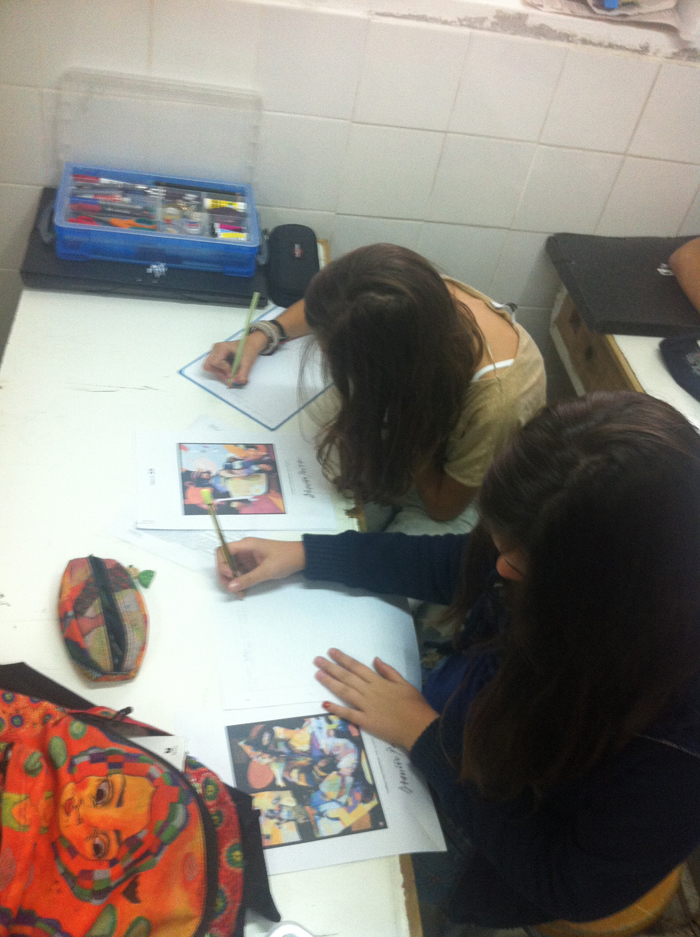
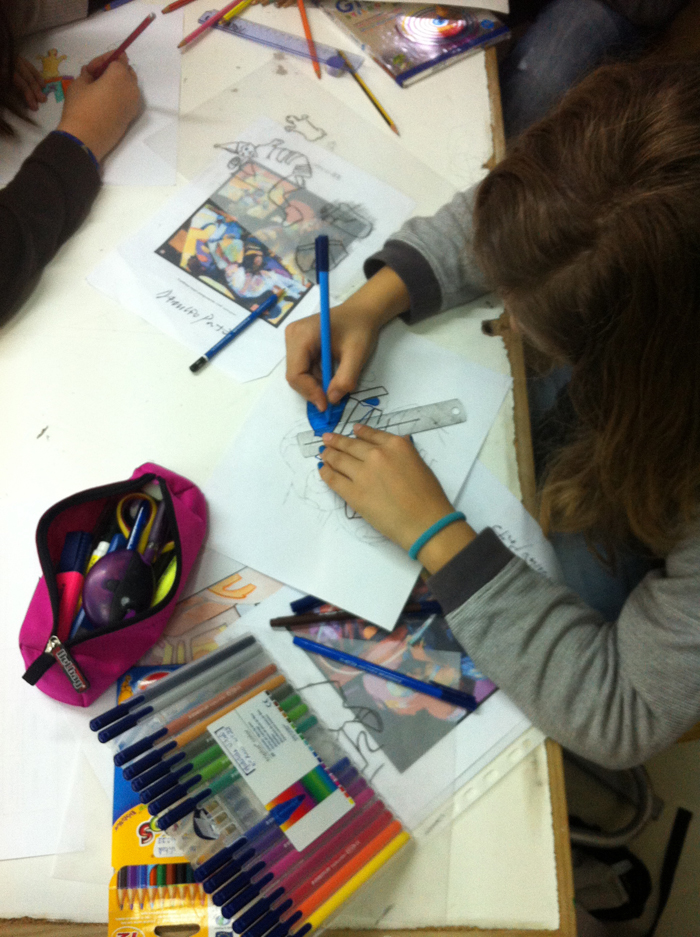
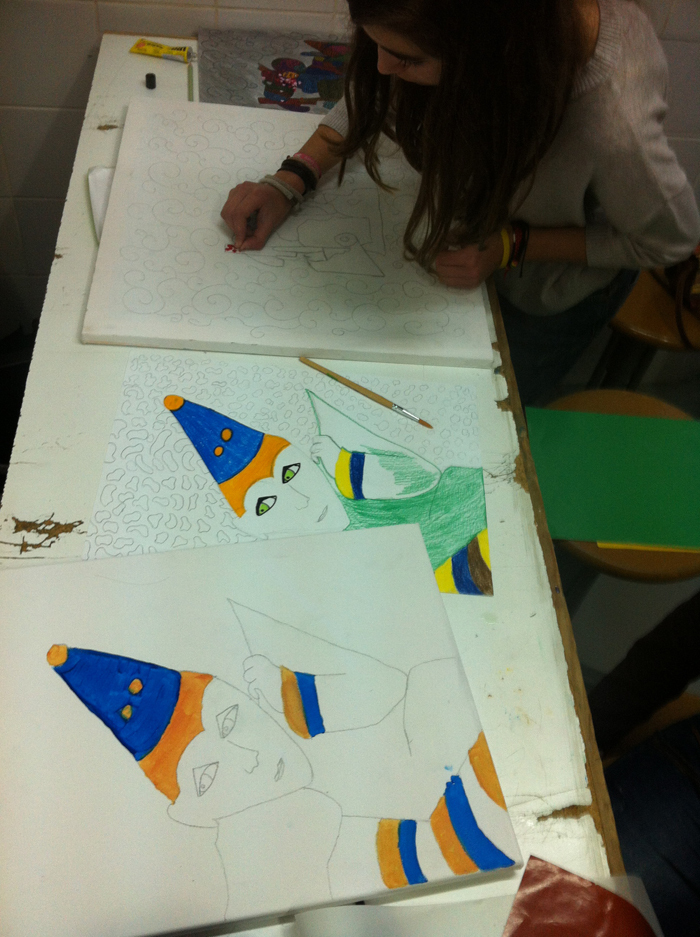
Image 1: Different works made by students (image1+image2+image3)
The skills, knowledge and attitudes resulting from participation in the Creative Connections project allowed the recovery and internationalisation of the work undertaken by the students (image.2), meeting the overall goals set for the project, including:
- develop knowledge and understanding among young people and the educational community to diversity and value of European cultures and languages
- help young people acquire the basic life skills necessary for their personal development, future employment and active European citizenship
The more operational level:
- encourage the learning of foreign languages
- improve the quality and to increase the volume of mobility involving pupils and educational staff
- and partnerships between schools in different Member States of the European Union
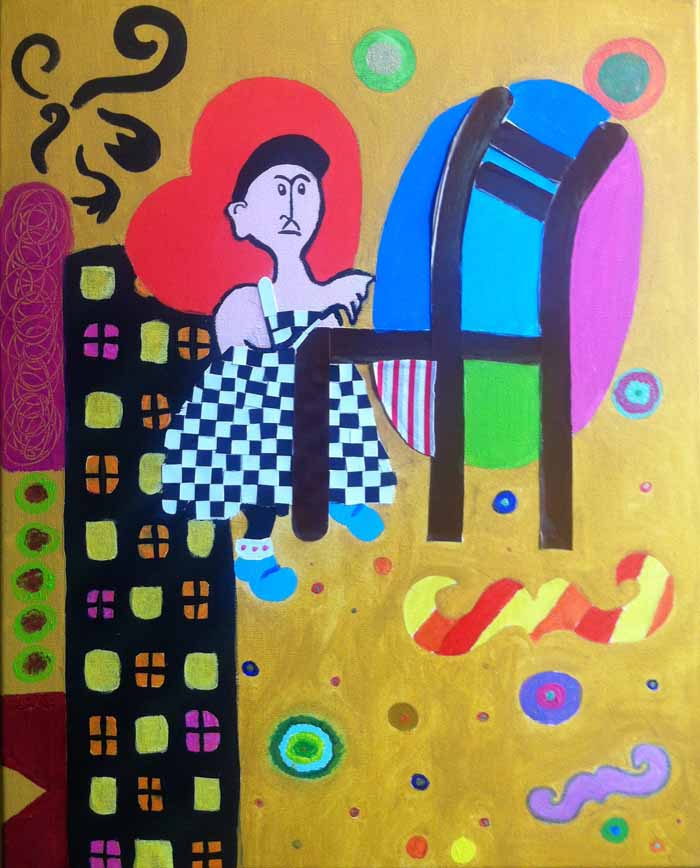
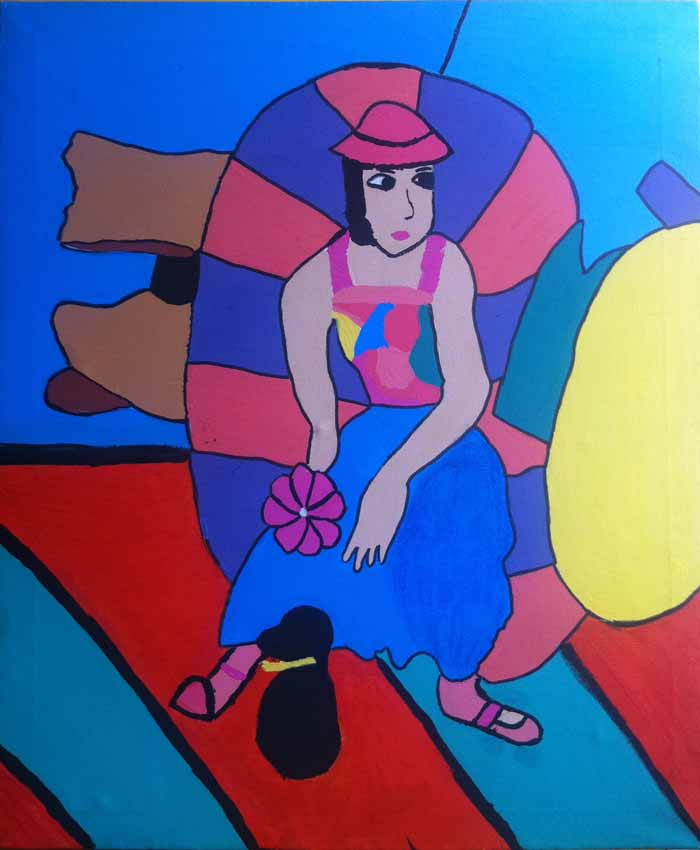
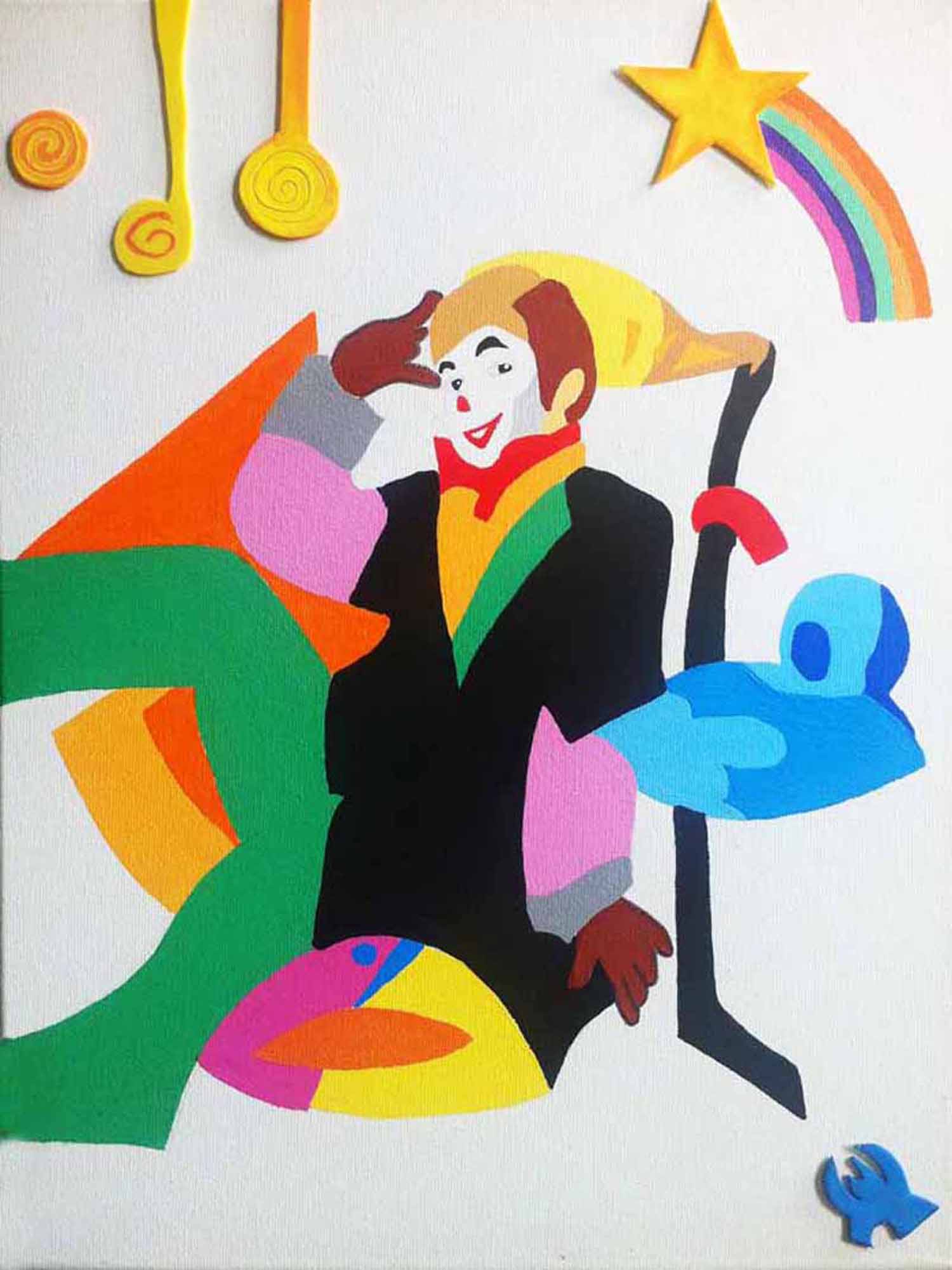
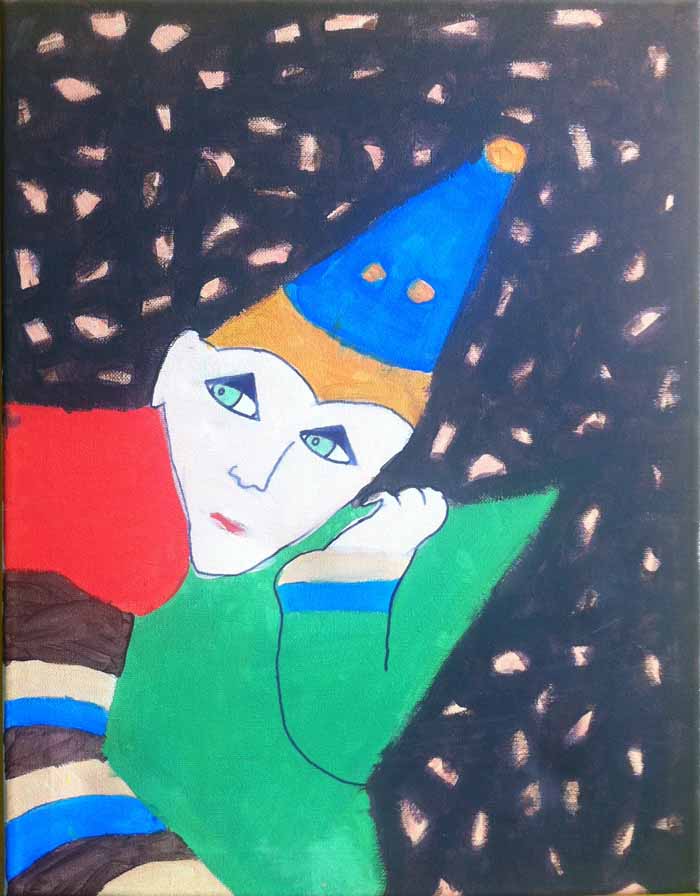
Image 2: Examples of work done by students (image4+image5+image6+image7)
The involvement/acceptance of the College of Minho in the Connections Creative project was considered, by its leaders, as a relevant and very useful project. Therefore it was supported and defended for being a project with appropriate ‘active education’ ideas to the teaching of practical and experimental features whose nature is guided by educational diversity. Regarding the Connected Gallery of existing works of art, exploration in digital platform of the project became apparent, in general, had less involvement by the students, since the access to the website was not made with regularly by the students and was therefore not spontaneous. This aspect resulted mainly because of the high number of hours that the students were involved in school assignments and not allowing them free time for other tasks. However, Creative Connections encouraged the students to approach art more effectively and experimentally (through the website), as a result it is understood how cultural identity is felt and expressed by the artists in their respective works. The studies selected were exposed and explained in the scheduled workshops, as well as shared with the entire school community.
The binding of selected themes and Europe was considered a key practice online, either by topic or by the huge receptivity of the group for the project. The project established a new experience relevant to the pedagogy of the new school and for the self-promotion of students in their future life directed to an artistic curriculum. However, the engagement with ideas, opinions, and issues in the media/blogs, including interaction with other students of the European community through the website, sparked a lesser plurality in its approach.
Reflections
With the implementation of the Creative Connections project, after analysis and reflection it was concluded that contemporary art can be add value to the implementation and promotion of learning spaces related to significant social and human factors. Throughout the implementation of the different phases of the project there was awareness of its enormous potential, since all the possibilities were not exhausted, but it allowed for reflection on the relevance of learning through contemporary art about the current socio cultural context and how this same art can provide students with a set of tools that helps them deal with reality, while providing a critical stance on the problems society poses for them.
So, although the curriculum combination was broad enough already this flexible programme enhanced the pedagogical practice of contemporary art in all areas of the school and was seen as a space of freedom, not of contemporary art, but for contemporary art.
Given the acceptance and agreement among all participants about the learning and relevance of the project; the political, economic and cultural environment provided and the promotion of a balanced interaction between the conceptual dimensions and practical/experimental cognition and knowledge of the project which lead to the assimilation of content. The learning was promoted based on a diversity of experiences and activities through the use of different media, work processes and materials. This interaction generated in the development of active methodologies, created situations that lead to the decision making that promoted the rethinking of situations and practical processes.

